When working on the outline for my new book, a popular history book on Christine de Pizan, my publishers put forward a suggestion that made my heart pirouette with joy: ‘How about including a chapter on medieval Paris?’, they suggested, adding that ‘Paris is a big seller!’ Book sales aside, I jumped in my seat with excitement (if memory serves me, I was on the fabled X5 bus somewhere between Oxford and Cambridge at the time). Much as I was thrilled to be asked to write a book on Christine (more on her later) for a general audience, having an excuse to exhume the medieval depths of my favourite city (c’est un cliché mais pourtant…) in the name of research made me doubly excited about the project.
Part of the book focuses on Christine’s work in medieval Paris, showing how she engaged fully the cultural activity of the city in order to become a successful writer. And of course, any book featuring a city in a strong supporting role must include a map. With the help of the graphic designer Shay Hamias, my husband Pete, and countless hours spent poring over historical maps of the city, Google Street View, and the Atlas Historique de Paris, my map of Christine de Pizan’s Paris was born:
I had grand plans for this map. My publishers and I talked about engineering my YouTube début, in which I would walk around the city talking eagerly about various medieval landmarks – extant and vanished – that delineate Paris. This could be stretched out over several days – oh the pastries I would eat! Alas, a global pandemic and the recent arrival of my son have indefinitely postponed my dreams of stardom on the (very) small screen. But all is not lost and instead, I am able to present something that is arguably even better: an interactive map of medieval Paris through which you can tour the ancient city from the comfort of your own home (bring your own pastries).
This is what Paris would have looked like at the turn of the fifteenth century, when my leading lady Christine lived and worked in the city. I have taken some creative liberties with the map. Some of the landmarks were only just or had not quite yet been built – the Tour Saint-Jacques, for instance, was not constructed until later in the fifteenth century, but I included it for its significance as a point of departure for late-medieval pilgrims and because it is still standing.
In fact, although the boundaries and size of its ancestor are quite different to those of today’s Paris, many of its most important landmarks would have been the same for a late-medieval visitor as they are for their modern counterparts. Chief among those are its two most prominent devotional buildings, the Gothic cathedral of Notre-Dame, whose construction began in 1160, and the Sainte-Chapelle, built between 1243 and 1248. The latter building originally formed part of the Palais de la Cité – the seat of royal power in Paris since the Roman era, of which much also remains. Although now thought of primarily as a museum whose architecture dates mostly to the seventeenth and nineteenth centuries, the Louvre was another significant fortress on the landscape of medieval Paris. Part of its medieval walls can be visited on a trip into the Louvre’s subterranean foundations, allowing a glimpse into the prehistory of the most-visited museum in the world.
Several of the landmarks unearthed during this research were new to me. One particular highlight was discovering the disappearance of the Rue Neuve-Notre-Dame, that once led right up to the portico of Notre-Dame de Paris. Until the large open space of the Parvis Notre-Dame was constructed under Haussmann’s nineteenth-century redevelopment of Paris, several streets occupied had this square. The ghostly outlines of the razed alleyways are still outlined in the cobbles in front of the cathedral. The Rue Neuve-Notre-Dame was one of the first streets outside of the Left Bank to feature book artisans and traders as its chief tenants. These included the husband-and-wife team Jeanne and Richard Montbaston, to whom the illuminations of 53 manuscripts have been attributed. Jeanne was even given the accolade of ‘illuminatrix libri jurata’ (sworn illuminator of books), a title that was granted to only one other illuminator. Among the work attributed to them is an image that depicts a man and woman working side by side, the man copying text and the woman painting an image. Above their heads, several pages covered in writing hang drying, suggesting that the couple are working in a scriptorium. It is hard to resist the temptation to see this image as a self-portrait, showing the Montbaston couple at work in their respective functions: he as copyist and she as illuminator.



Medieval manuscripts: marginalia showing an illuminator and scribe at work; Christine de Pizan at work; the Louvre and city walls.
Details such as this, concerning the booktrade in medieval Paris, were of interest to me since they are relevant to the main subject of my book: Christine de Pizan’s career as writer and producer of books of her works. Christine is often noted for being a medieval pro-feminine writer (some have even gone so far as to call her a feminist, a label that I call into question), a remarkable fact that has grabbed the attention of many a reader, myself included. However, over the course of the decade that I have spent studying her, what I have come to find most fascinating about Christine’s career is not the pro-feminine content of her works for which she is famed, but the fact that she earned a living from her writings. In fact, she was the first writer in France to do so – and she was a woman to boot.
Christine’s career spanned almost four decades, from around 1390 until 1430, during which time she composed around 30 major works as well as several shorter poems. These survive in over 200 manuscripts – an extraordinary figure for an individual medieval author. For comparison, just a single manuscript exists of the Old English poem Beowulf and even Chaucer’s Canterbury Tales only survive in 32 copies. What is even more extraordinary in Christine’s case is that she oversaw the production of 54 of her manuscripts herself, and several of them are even written in her own hand. Such an enormous literary production would not have been possible unless she had a pragmatic knowledge of writing, bookmaking and the book trade. It is possible that she learned the art of writing from her husband, a royal secretary, but on matters relating to bookmaking she was self-taught, learning the tools of the trade when she became a widow in her mid-twenties and turned to writing to make a living. Several of her texts certainly have a strong proto-feminist disposition, but she is also the author of a huge volume of lyric, devotional, didactic and moral poetry, political and historical works, allegorical and autobiographical narratives.

Tour Barbeau.
Another discovery I made along the way: on the modern-day Quai des Célestins on the bank of the river Seine, a modest plaque informs passers-by that this was once the location of the Tour Barbeau. Few will have heard of this former landmark, yet this is where Christine and her family are believed to have lived from 1380, when king Charles V made a gift of the tower to her husband, Étienne de Castel. The Tour Barbeau complex was perched on the bank of the river Seine, its buildings, gardens, and inhabitants enclosed within a protective stone wall. In some of the illustrations seen in her works, Christine is represented at study or writing in a chamber whose shape suggests it forms part of a tower. It is often assumed that the tower must be the one that housed the royal library in the Louvre palace, but it is tantalizing to think that representations such as these might in fact show the author at work in her own home…

The Tour Barbeau and Rue Neuve-Notre-Dame are just two of the sites on the virtual map of Christine de Pizan’s Paris, which I invite you to peruse at leisure and perambulate at your own pace. Unlike a “real” walk, there is no set route, though should you wish to follow an itinerary, allow me to make a suggestion: start at the South of the city, where the Rue des Fossés Saint-Jacques meets the Rue Saint-Jacques, where the gate into the city, the Porte Saint-Jacques, once stood; make your way North, passing the Sorbonne and stopping off to see the Lady and the Unicorn in the Musée de Cluny before crossing onto the Île de la Cité to visit Notre-Dame, the Sainte Chapelle and Conciergerie (Palais de la Cité). Having reached the Right Bank at the Place du Châtelet, head East towards the Bastille, admiring the various medieval buildings and locations of aristocratic hôtels along the way. From here, stroll North along the Rue des Francs Bourgeois, peeking through the doors of the National Archives (once a medieval mansion) en route, ending up at Nicholas Flamel’s house, the oldest residential building in Paris, which is now a convenient restaurant. As you loop round the North of Paris, the Tour Jean-Sans-Peur is well worth a visit (Christine herself almost certainly did so, since this is where one of her most important patrons, the Duke of Burgundy, resided), then meander through the shops of Les Halles before finishing off at the Louvre.
From here, you can complete your visit to Christine de Pizan’s Paris by exiting the medieval city through the site of the Porte Saint Honoré – a gate in the city wall that was moved no fewer than three times as the city expanded. Here, you leave the medieval city behind and set foot firmly inside modern Paris… Should you wish to, you could complete the walk by proceeding into the 17th arrondissement to the Rue Christine de Pisan, a modern, minor side-street far from the medieval heart of Paris. To me, this seems an unfitting commemoration for a woman who was so deeply entrenched in the artistic and literary scene of fifteenth-century Paris, but I’ll leave it to you to decide!
Christine de Pizan, Life, Work, Legacy, published by Reaktion Press can be purchased here. A preview is available through Google Books.
Manuscript images: Paris, Bibliothèque nationale de France, MS fr. 25526, fol. 77v; Brussels, KBR, MS 10982, fol. 2r; Chantilly, Musée Condé, MS 65, fol. 10v (Les Très Riches Heures du duc de Berry)


























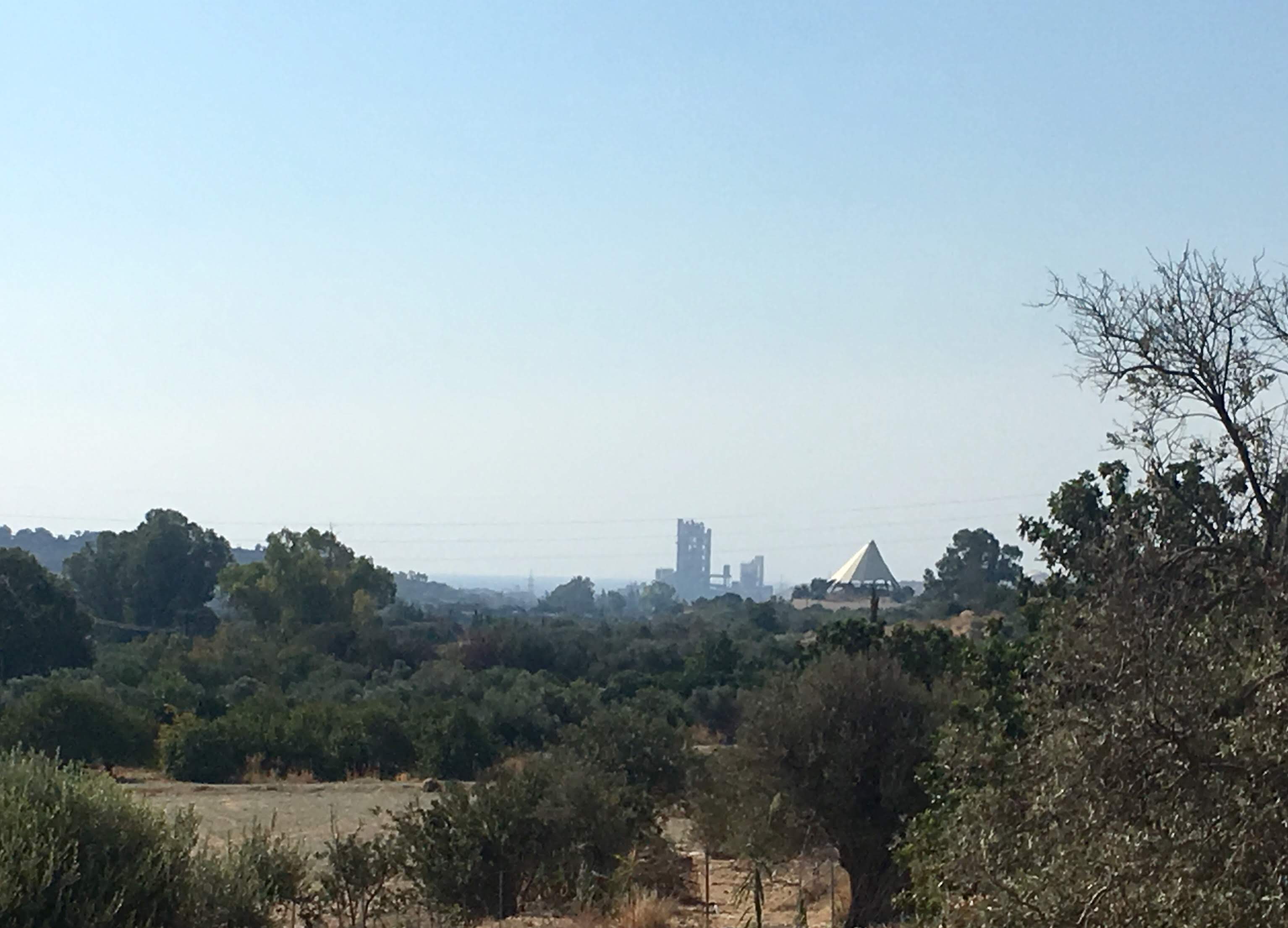






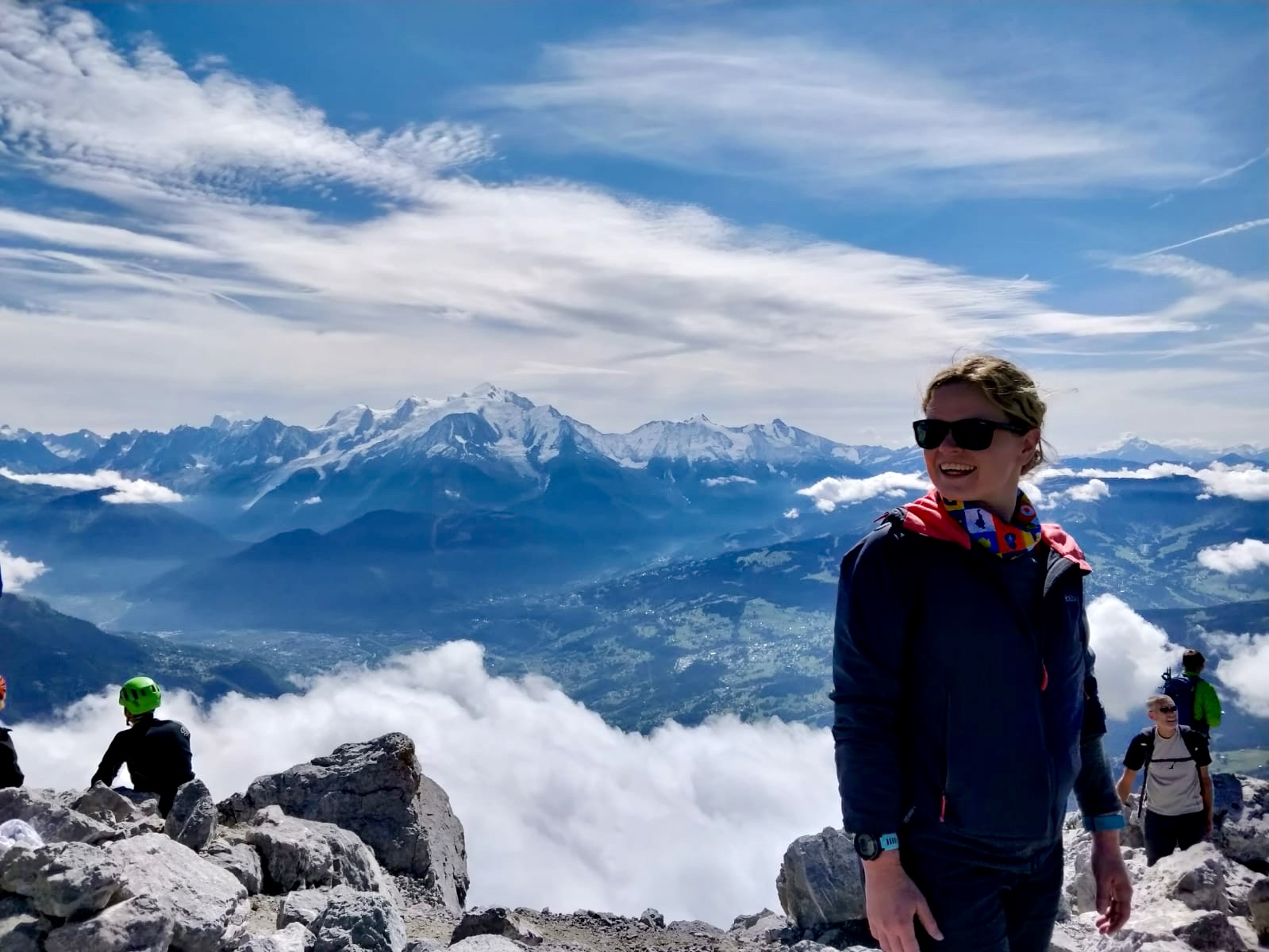










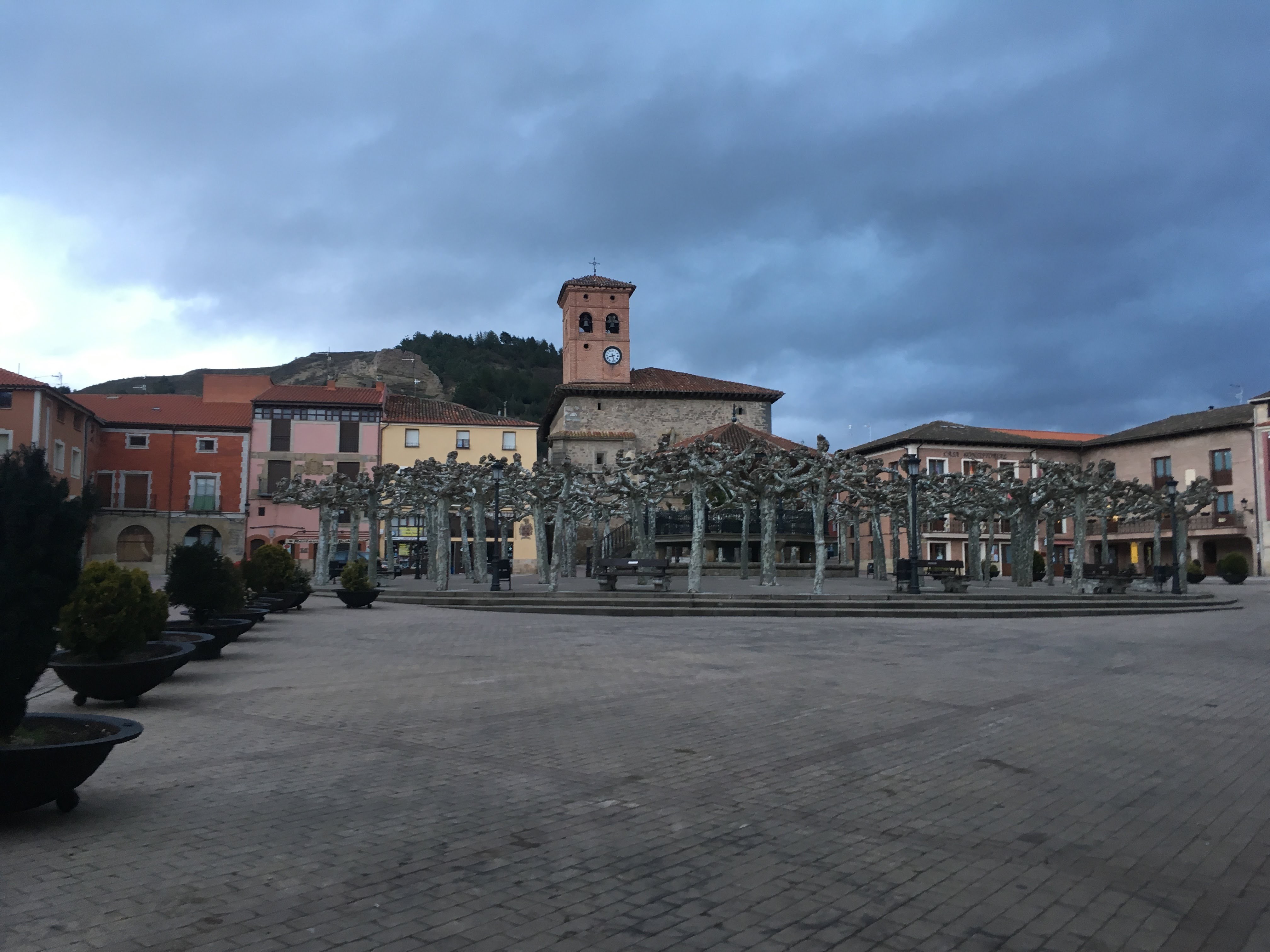


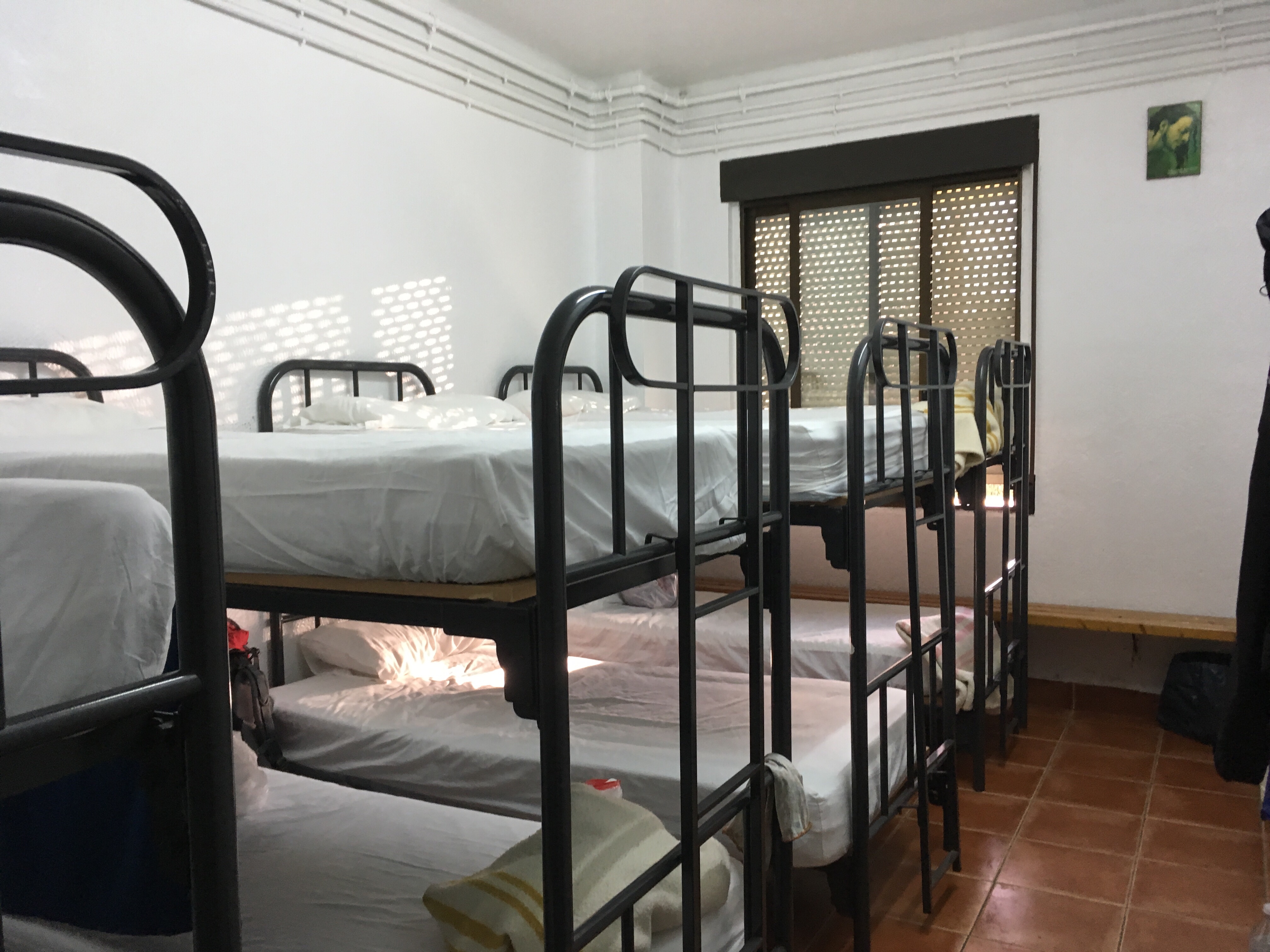




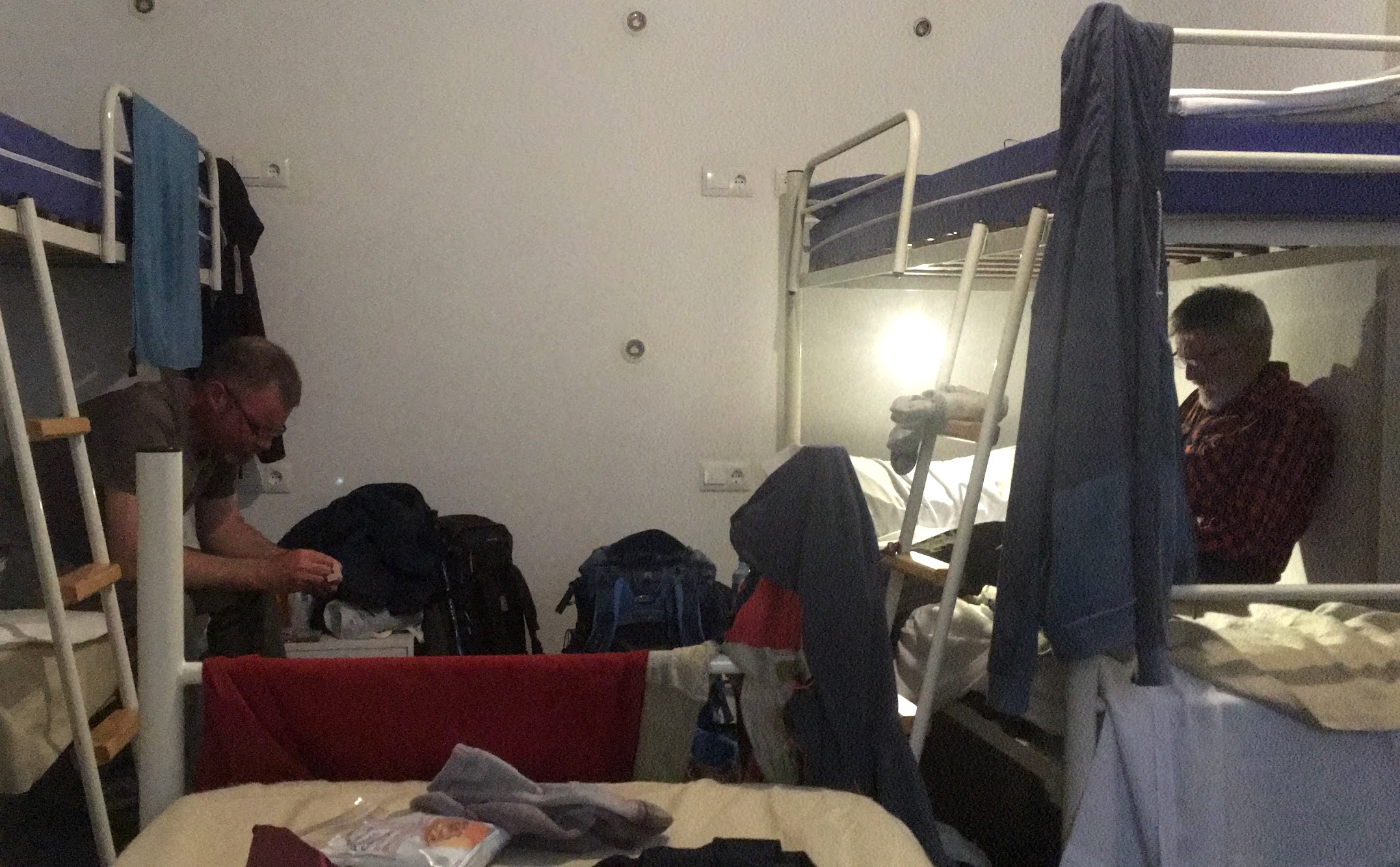








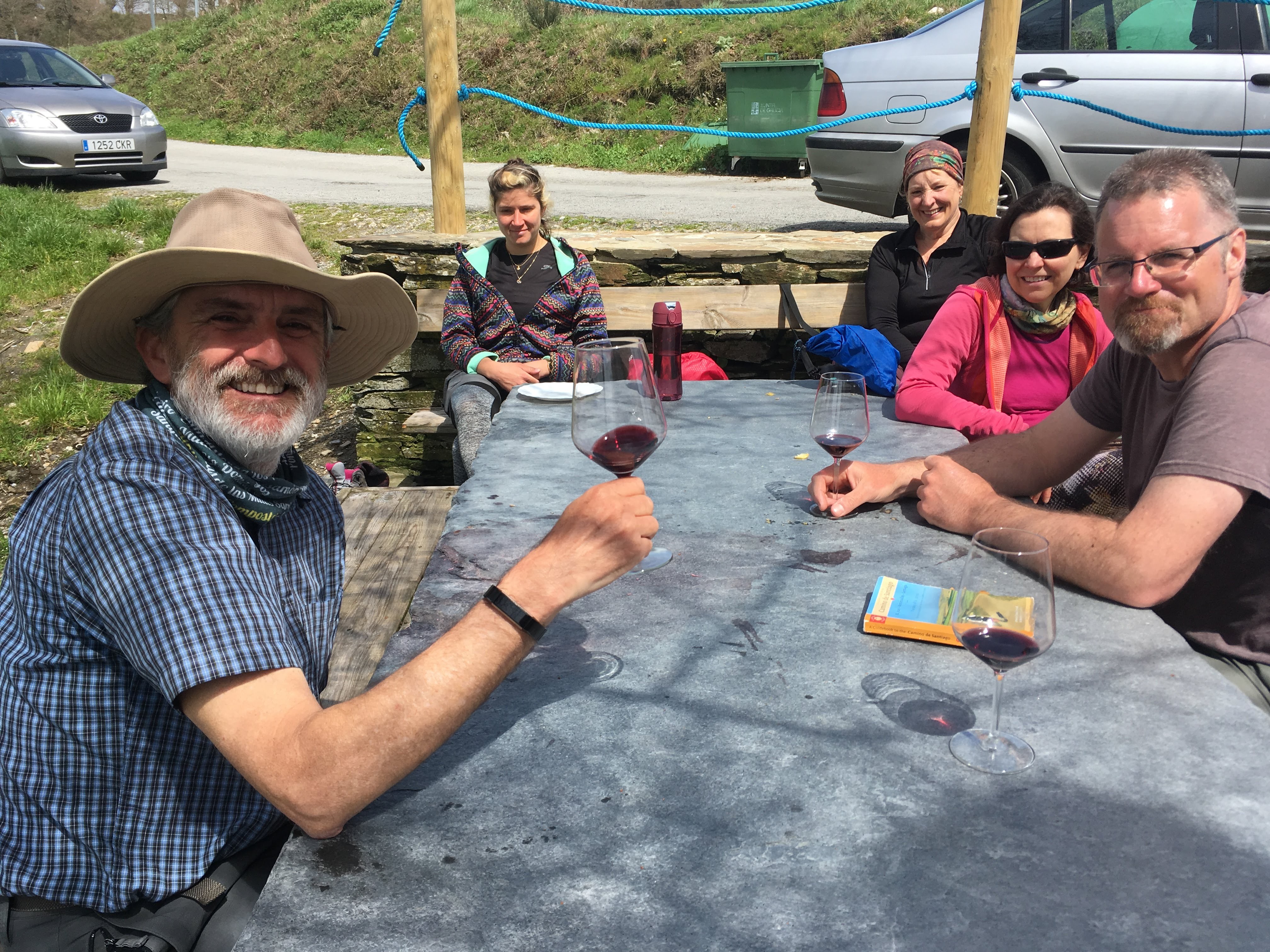 There was the first aubergiste in Saint-Jean, the first of innumerable people to wish me a ‘Buen Camino’, and who (much to Pete’s horror) suggested he should tie his walking boots differently.
There was the first aubergiste in Saint-Jean, the first of innumerable people to wish me a ‘Buen Camino’, and who (much to Pete’s horror) suggested he should tie his walking boots differently. Elizabeth, an Italian girl who was suffering unbearably at the end of the fourth day, and who wasn’t sure she’d be able to continue. I was delighted to see her again in Sarria four weeks later!
Elizabeth, an Italian girl who was suffering unbearably at the end of the fourth day, and who wasn’t sure she’d be able to continue. I was delighted to see her again in Sarria four weeks later! Susan #1. One of the most inspiring people I met on the Camino, who I first judged as a posh woman who didn’t know what she was getting herself into. This proved to be only part of the story, and I enjoyed spending many an evening and several cups of tea with this wonderfully kind lady.
Susan #1. One of the most inspiring people I met on the Camino, who I first judged as a posh woman who didn’t know what she was getting herself into. This proved to be only part of the story, and I enjoyed spending many an evening and several cups of tea with this wonderfully kind lady.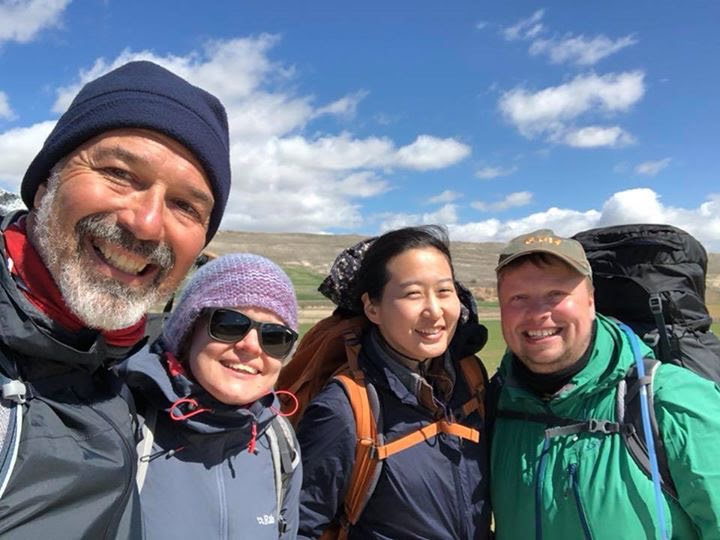 The maternity wear designer from Denmark, to whom I still owe a beer, and her friend, who was unable to walk on their first day due to a crippling migraine.
The maternity wear designer from Denmark, to whom I still owe a beer, and her friend, who was unable to walk on their first day due to a crippling migraine. An unpleasant South-African, who had strong opinions on my duties to bear children, and spoke rudely to waiters. One of only two people whom I met and took a strong dislike to on the Camino.
An unpleasant South-African, who had strong opinions on my duties to bear children, and spoke rudely to waiters. One of only two people whom I met and took a strong dislike to on the Camino. Emily, an American who shared an Airbnb with me in Burgos, who had been sleeping badly, and was terribly anxious about her onward journey. Another person with whom I’d have liked to spend more time.
Emily, an American who shared an Airbnb with me in Burgos, who had been sleeping badly, and was terribly anxious about her onward journey. Another person with whom I’d have liked to spend more time.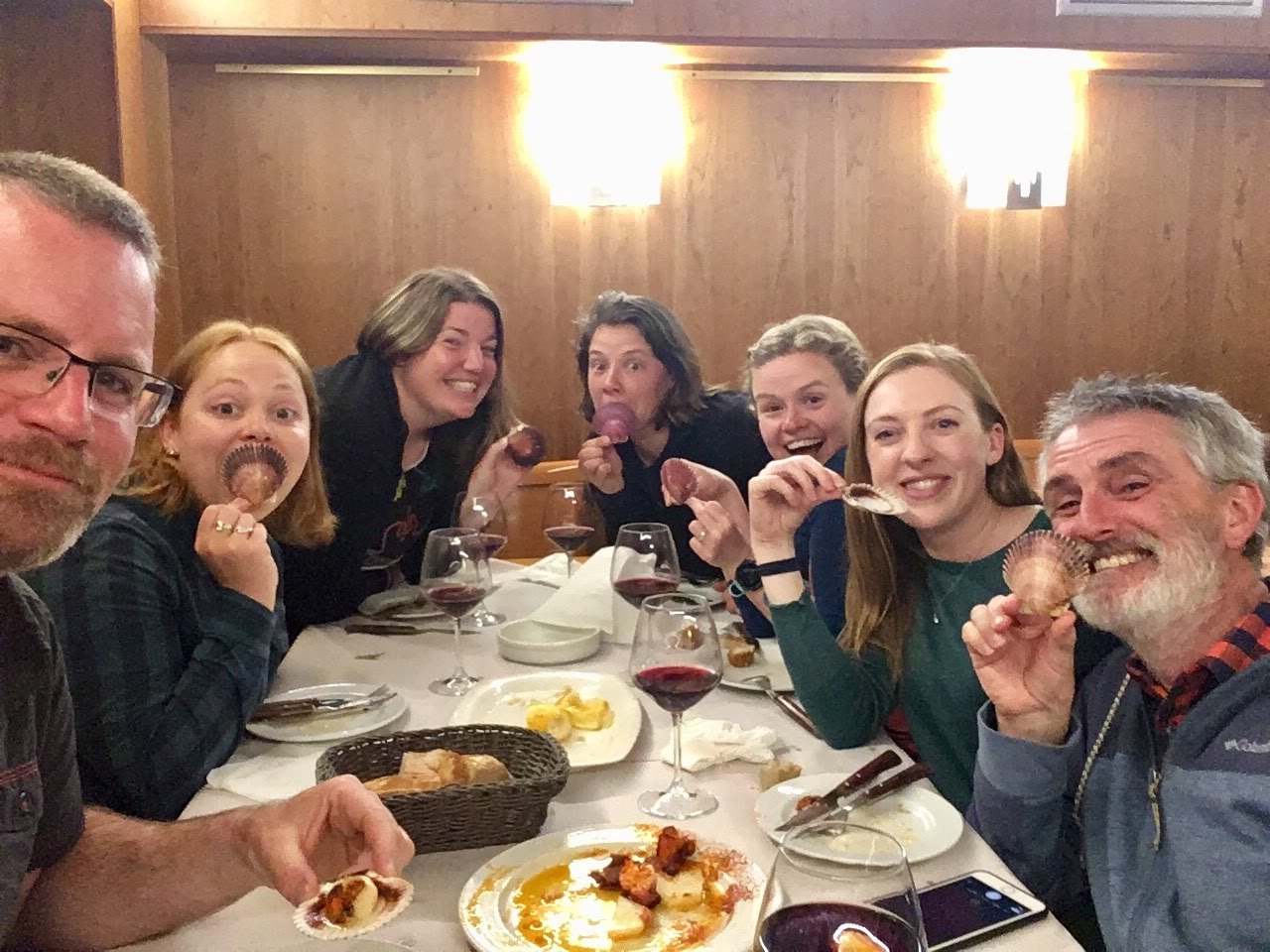 Another Italian Stefano, also with little English, who became infamous on the Camino for his snoring.
Another Italian Stefano, also with little English, who became infamous on the Camino for his snoring. Dave, Martin, and Lindsay, who I met very briefly on the side of a hill after meeting Susan #2, and dismissed almost immediately – anxious to get back to my conversation with the famous knitting designer! Little did I know that a week later, Martin would see me sitting outside a church, invite me to a picnic (that I would miss), or that I’d end up spending seven wonderful days walking with the two lads after Lindsay walked on. They would prove to be some of the best friends I’d make on the Camino.
Dave, Martin, and Lindsay, who I met very briefly on the side of a hill after meeting Susan #2, and dismissed almost immediately – anxious to get back to my conversation with the famous knitting designer! Little did I know that a week later, Martin would see me sitting outside a church, invite me to a picnic (that I would miss), or that I’d end up spending seven wonderful days walking with the two lads after Lindsay walked on. They would prove to be some of the best friends I’d make on the Camino. Eleanor’s stylish and comfy jammies, and therefore hated her.
Eleanor’s stylish and comfy jammies, and therefore hated her.

